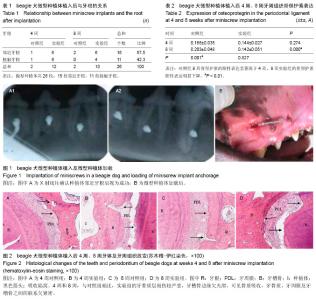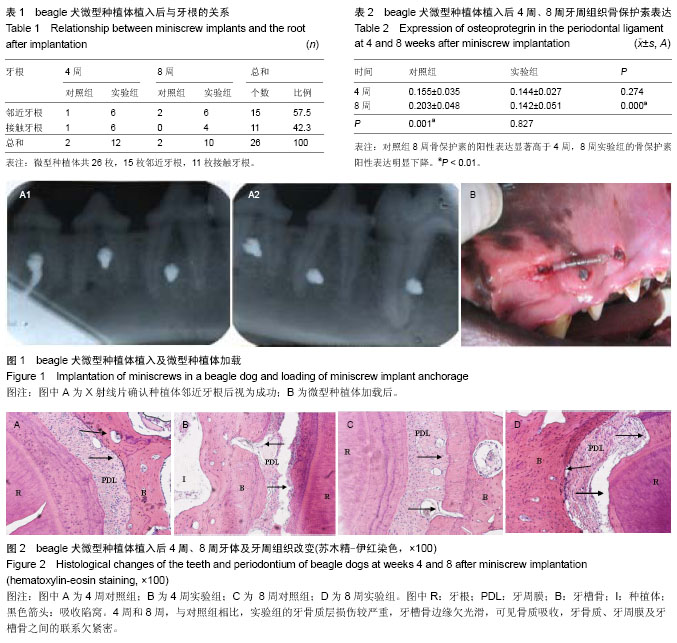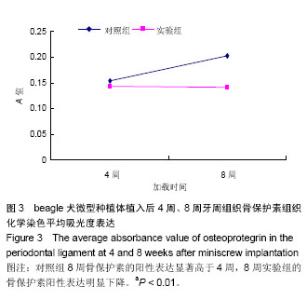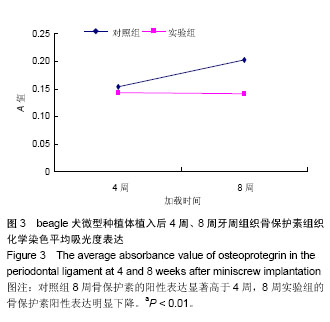| [1] Huang LH, Shotwell JL, Wang HL. Dental implants for orthodontic anchorage.Am J Orthod Dentofacial Orthop.2005; 127: 713-722.
[2] Lim WH, Lee SK, Wikesjo UM, et al. A descriptive tissue evaluation at maxillary interradicular sites: implications for orthodontic mini-implant placement.Clin Anat.2007; 20(7): 760-765.
[3] Liou EJ, Pai BC, Lin JC. Do miniscrews remain stationary under orthodontic forces? Am J Orthod Dentofacial Orthop. 2004;126: 42-47.
[4] Bae SM, Kyung HM. Mandibular molar intrusion with miniscrew anchorage. J Clin Orthod.2006; 40:107-108.
[5] Carrillo R, Rossouw PE, Franco PF,et al. Intrusion of multiradicular teeth and related root resorption using mini-screw implant anchorage: a radiographic evaluation. Am J Orthod Dentofacial Orthop.2007; 132:647-655.
[6] Asscherickx K, Vannet BV, Wehrbein H,et al. Root repair after injury from mini- screw. Clin Oral Implants Res. 2005;16: 575-578.
[7] Jahangiri L, Hessamfar R, Ricci JL. Partial generation of periodontal ligament on endosseous dental implants in dogs. Clin Oral Implants Res.2005; 16:396-401.
[8] William R. Proffit,Henry W. Fields. 当代口腔正畸学[M].3版,北京:人民军医出版社,2007:305-306.
[9] 于世凤.口腔组织病理学[M].北京:人民卫生出版社, 2000:25-36.
[10] Fuss Z, Tsesis I, Lin S.Root resorption diagnosis, classification and treatment choices—based on stimulation factors. Dent Traumatol.2003;19:175-82.
[11] Holland R, Otoboni Filho JA, Bernabe PF,et al.Effect of root canal status on periodontal healing after surgical injury in dogs. Endod Dent Traumatol.1994;10:77-82.
[12] Nishijima Y, Yamaguehi M, Kojima T, et al.Levels of RANKL and OPG in gingival crevieular fluid during orthodontic tooth movement and effect of compression force on releases from periodontal ligament cells in vitro.Orthod Craniofac Res. 2006; 9(2):63-70.
[13] Kanzaki H, Chiba M, Sato A, et al. Cyclical tensile force on periodontal ligament cells inhibits osteoclastogenesis through OPG induction.J Dent Res.2006;85(5):457-462. |



